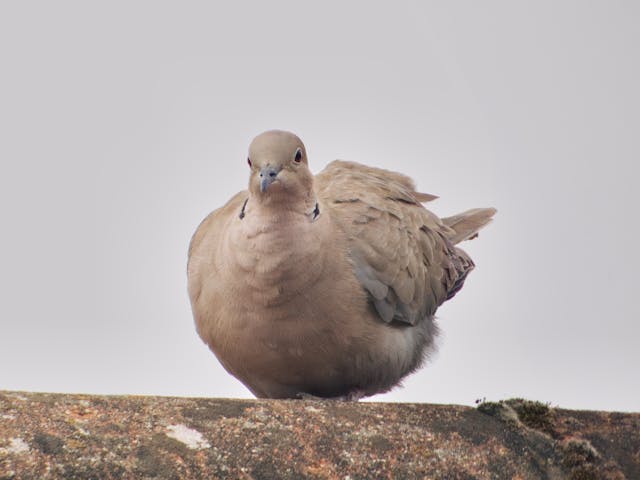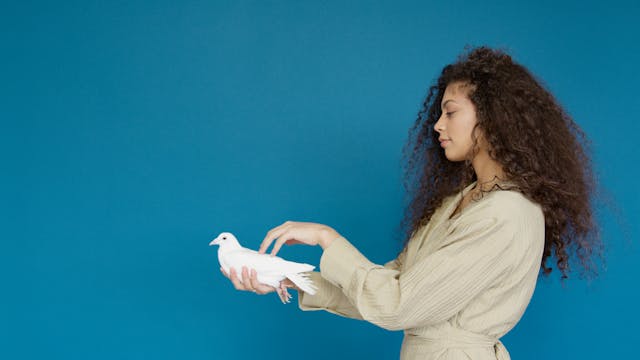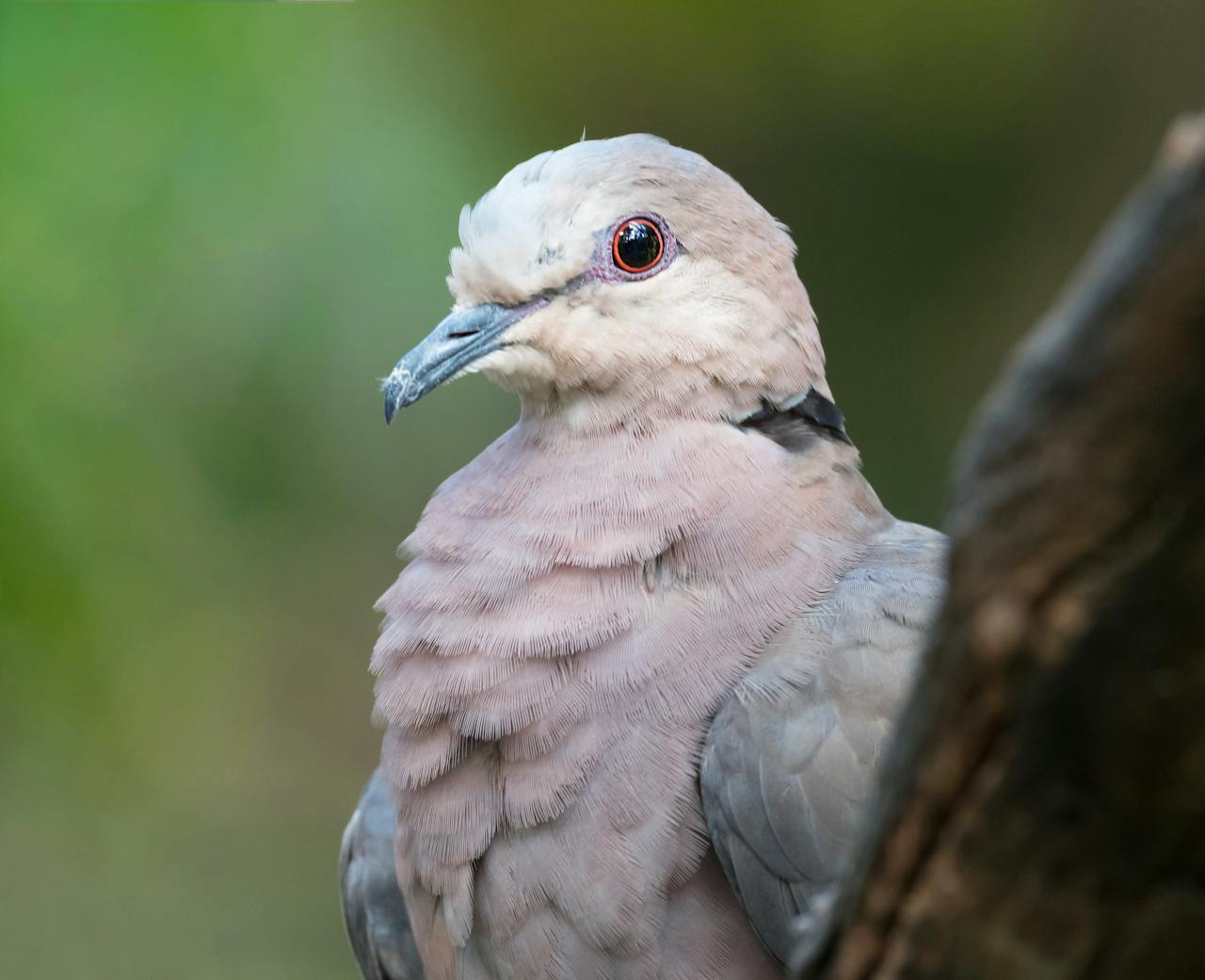Spotting a dove sitting on the ground, seemingly not moving, can be a concerning sight. You might wonder whether the bird is injured, ill, or simply resting.
While doves, like many other birds, occasionally take a break on the ground, there are instances where they may need your help.
In this post, we’ll guide you through what steps to take if you encounter a dove in this situation and how to determine the best course of action.
Step 1: Observe from a Distance
Before you approach the dove, take a moment to observe from a safe distance. Doves sometimes rest on the ground to forage, bathe in the sun, or seek shelter.

Watch for any signs of distress or injury, such as labored breathing, visible wounds, drooping wings, or an inability to fly when disturbed. If the bird appears alert and moves its head and looks around, it might just be taking a break.
Step 2: Assess the Situation for Potential Injuries or Illness
If the dove does not fly away when you approach or seem unable to move properly, it could be injured or ill. Look for these signs:
- Visible Injuries: Check for any signs of cuts, blood, or broken wings.
- Lethargy or Weakness: If the dove is fluffed up, has its eyes closed, or appears weak and unresponsive, it could be sick or in shock.
- Limping or Difficulty Standing: Observe whether the bird has difficulty balancing or standing, indicating potential leg or wing injuries.
Step 3: Ensure the Area is Safe
If the dove appears injured or ill, the next step is to ensure the area around the bird is safe. Look for potential predators, like cats or dogs, and keep them away.
Ensure the bird is not in immediate danger, such as near a busy road or in a location with heavy foot traffic.
Step 4: Prepare to Capture the Bird Gently
If the dove is injured or appears too weak to fly, it may need help. Here’s how you can safely capture it:
- Use a Soft Cloth or Towel: Approach the bird slowly and calmly to avoid startling it. Place a soft cloth or towel over the dove to cover its wings. This will help calm the bird and prevent it from injuring itself further by flapping.
- Gently Scoop Up the Dove: Once covered, gently scoop up the bird with both hands, keeping its wings close to its body. Be careful not to squeeze too tightly, which could cause further injury.
- Place in a Safe Container: Prepare a well-ventilated box or carrier lined with a soft cloth or paper towels. Make sure the container is secure, dark, and quiet, as this will help reduce the bird’s stress.
Step 5: Contact a Wildlife Rehabilitator or Veterinarian
Immediately contact a local wildlife rehabilitator or avian veterinarian. Describe the bird’s condition and seek guidance on the next steps. Remember that wild birds have specific needs, and professionals are best equipped to provide the necessary care.
- Please do Not Attempt to Feed or Give Water: Unless instructed by a professional, avoid trying to feed the bird or give it water, as this could cause more harm than good.
- Keep the Bird in a Quiet Place: While waiting for professional help, keep the bird in a warm, quiet place, away from noise and household activity.
Step 6: Know When to Leave the Dove Alone
If a dove appears healthy and alert after you observe it and flies away when you approach, it’s best to leave it alone.
In some cases, young doves may be on the ground learning to fly, and their parents are usually nearby, watching over them. Interfering with a healthy bird could disrupt its natural behaviors or separate it from its parents.

Conclusion: Helping a Dove in Need
Finding a dove sitting on the ground and not moving can be a worrying experience, but understanding how to assess the situation and take the right actions can make a big difference in the bird’s survival.
Always approach the situation calmly, ensure the bird’s safety, and seek professional help when needed. Remember, sometimes the best thing you can do is to observe and let nature take its course simply.
By knowing what to do, you can help protect these gentle birds and contribute to their well-being in our shared environment.
4o
